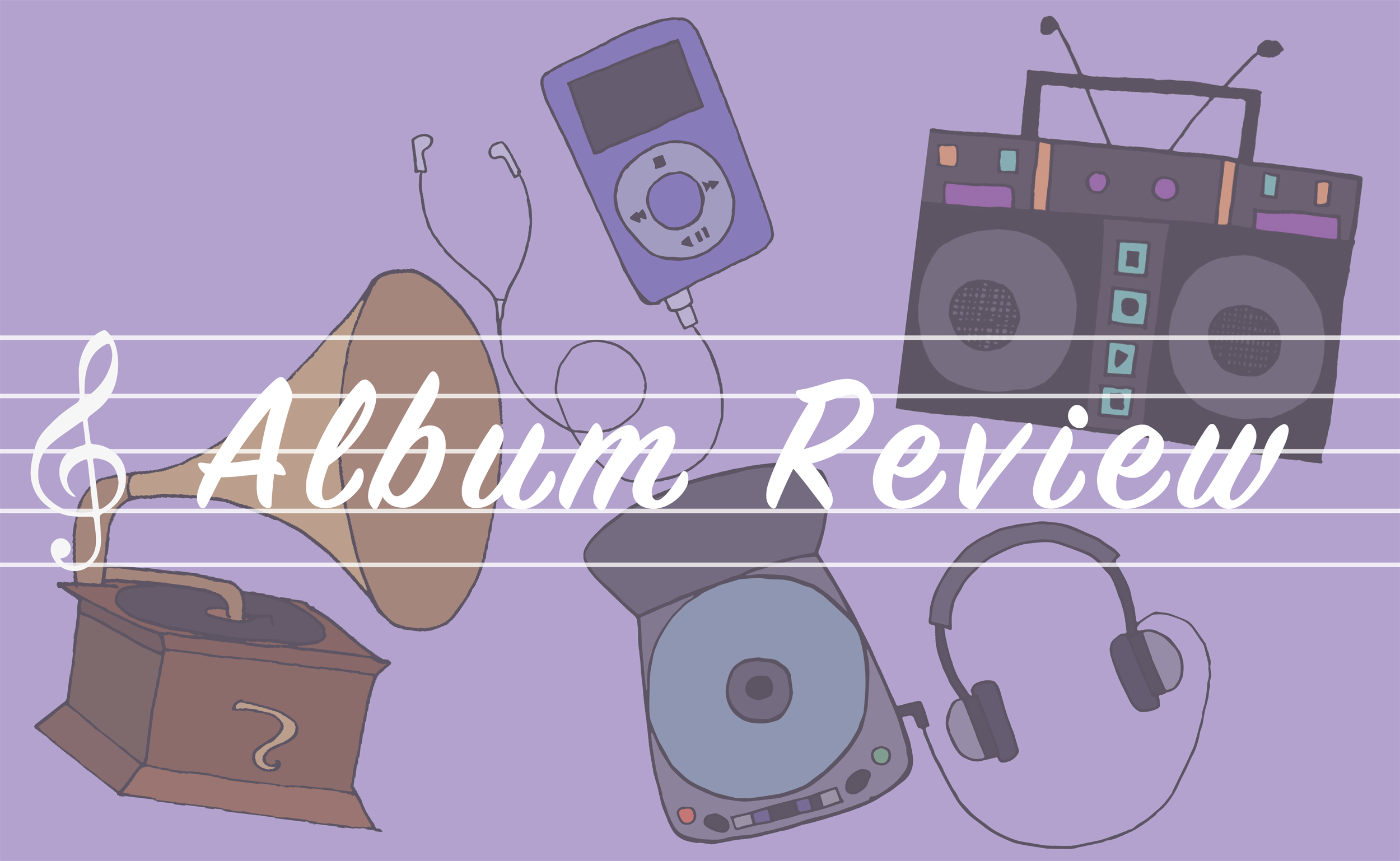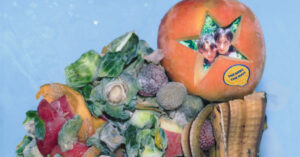Last year, Lady Gaga released her sixth album Chromatica (2020), which is fun and pop-y, yet still continues to deliver Gaga’s signature contrast of upbeat music paired with quite sad lyrics. Although the album is solid, it did not differ that much from Gaga’s usual work that much, sticking to electro-musical theatre and monster-disco. This year, however, Lady Gaga made what Chromatica should have been from the beginning: a futuristic party celebrating the diverse voices coming up in pop right now.
Dawn of Chromatica (2021), Lady Gaga’s reimagination of her 2020 mainstream-style album, is a hyperpop dream. Gaga and her producer, Bloodpop, curated an immensely talented group of DJs, electro-pop musicians, producers and other upcoming artists to put their spin on Gaga’s tracks. Hyperpop, or PC music as it’s otherwise known, is a very electro-heavy futuristic music style. By remaking the traditionally pop album Chromatica into a PC playground, Lady Gaga pushes her 2010s music into the new decade. Although PC music is not for everyone, within the genre, the album is overall a success. Even from a non-hyperpop perspective, it is a massive improvement on Gaga’s Chromatica: the new version is not afraid to challenge her sound to create a darker, more experimental record.
Many tracks from Chromatica were improved by the reimagination. “Sine from Above,” “Enigma,” “Plastic Doll,” “Replay,” and “Sour Candy” are some of the most outstanding remixes from the album, made better by adding harsh sounds to layer into the existing smooth melodies—that is a third of the album already.
Other tracks such as “Alice”, “Fun Tonight”, and “Plastic Doll” were undoubtedly improved by the updates, and fans have taken notice: Some of the less-beloved tracks from Chromatica have jumped from the bottom half of Spotify plays on Chromatica to the top half of plays on the remix album.
Shygirl and Mura Masa’s “Sour Candy” is a vision and a half. Shygirl’s signature slick and monotone voice adds a contrasting track to the otherwise upbeat, more child-like mainstream song. The new mix of darker tones makes “Sour Candy” a more mature hit. The remix of “Enigma” introduces an otherwise lesser known artist, Doss, as a talented new electronic artist. Doss does not improve the song, which is already good, but instead changes the atmosphere from a ballad-like sound into something more transcendental. The focus is less on the lyrics and more on the feel of the rhythm. Meanwhile, Dorian Electra’s “Replay” proves that, while Dorian’s music style is often messy on its own, it can work really well with a balance of typical melodic pop. Although “Replay” is a great song on its own, Electra’s grainy voice and hard rock loops are a fun addition to the track.
Although every single remix artist on this album is an amazing musician whose work deserves more recognition, some did not elevate Gaga’s songs as well as their previous work would suggest. Arca, Bree Runway, and Rina Sawayama’s tracks simply did not do enough for Gaga’s songs. Sawayama’s “Free Woman” and Runway’s “Babylon” tracks are left too untouched to be considered remixes, while Arca’s typical electro sounds in “Rain On Me” don’t mesh with the original as powerfully as they could. Usually, Arca has a distinct arrhythmic style and often uses non-traditional sounds in their music to create interesting contrasts, but the ones they used for “Rain on Me” sadly distract more than help the song. Charli XCX and A.G. Cook, while not creating a bad “911” remix, did not flatter it either. The song has a lot more potential than what the two talented creators could have done, before even mentioning Charli’s mediocre verse in the second half. The rework is good, but A.G. Cook is a pioneer of hyperpop, and Charli is one of the most well-known artists exploring the genre right now. They could have done better with one of the best and most beloved songs on Chromatica.
“Sine from Above” is the absolute best song on Dawn of Chromatica. It takes an already powerful song with traditional post-production, and transforms it into a hyperpop masterpiece. Both Lady Gaga and Elton John’s voices sound even better in this version than the original. In four minutes and ten seconds, the remix artists Chester Lockhart, Mood Killer, and Lil Texas, create an experience where an initially classically-produced song with some electronic relish in Chromatica is taken and gradually deconstructed into a rave-y apocalypse. The song is emblematic of what is great about the record (and hyperpop) overall: when Dawn of Chromatica is at its best, it pushes Gaga’s sound to its absolute limits, sounding more bombastic and more ecstatic than its predecessor, Chromatica.
Going beyond the expected is exactly what Gaga’s career has been about, and this remix album proves that Gaga is not afraid to continue taking risks. By inviting artists on the frontline of electro-pop to explore her music, Lady Gaga shows that she understands and supports where the genre is going, which is into more arrhythmic melodies and unconventional or artificial sound effects.





